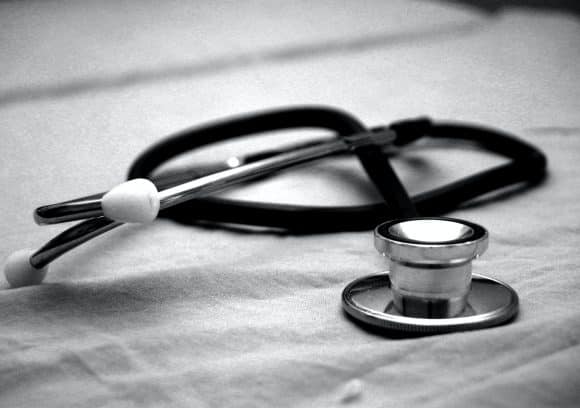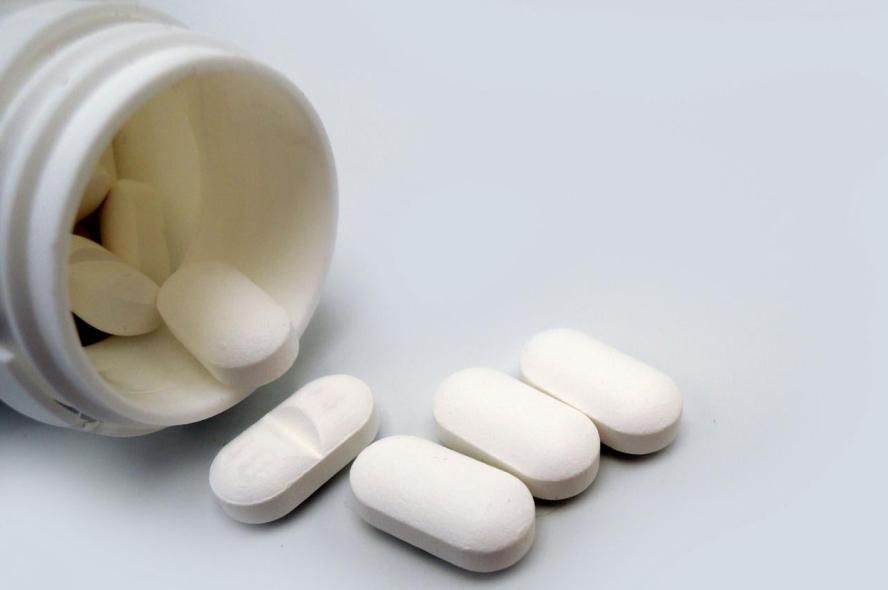Wondering when you should schedule rest and active recovery days while training? This guide provides science-based advice on optimal recovery timing to maximize fitness gains and prevent overtraining.
A common temptation when ramping up fitness and exercise regimens is going full throttle without taking breaks.
But building in active recovery strategically optimizes results better than relentless grinding. When precisely should you incorporate easier, low-impact sessions?
Aligning intense training days with sufficient recovery prevents fatigue, burnout and plateaus.
Plus, lighter activity on off days uniquely boosts performance while allowing necessary physiological restoration. Time this balance smartly and your body responds beautifully.
Schedule After Initial Soreness Subsides
New or resumed exercisers often experience acute muscle soreness for the first week that requires smart rest:
- Schedule a complete off day after the first 1-2 workouts allowing initial repair processes
- Then take an active recovery session once delayed onset muscle soreness subsides after 2-4 days
- For example, strength train Monday and Wednesday then recover actively Friday
This relief prevents overtaxing already distressed muscles while keeping momentum.
Build Habit with Two On, One Off
When establishing regular regimens, two intense days followed by one easier works well:
- High intensity interval training on Monday and Wednesday
- Yoga, walking or other low intensity activity Friday
- This consistent pattern trains physiology expecting and awaiting cycles
The two days stimulation, one day recovery builds sustainable habits preventing lapses while accommodating life obligations.
Match Off Days to Training Demands
Tailor recovery days to the intensity and muscles used in preceding sessions:
- Heavy resistance training requires more complete rest
- High cardio days benefit from active muscle loosening
- Off day selections mirror on day choices at lower levels
Customizing recovery activities based on preceding demands (e.g. weights vs. cycling) offers optimal rebalancing.

Align With Life Demands
Continually assess training in the context of real-world obligations and stress too:
- Schedule recovery around anticipated family, work or travel demands
- Allow flexibility for both formal and impromptu modifications
- Add temporary rest days if feeling psychological fatigue as well
Preparing for known commitments and reacting to acute needs prevents missing workouts from derailing consistency.
Time Optimally for Muscle Development
If hypertrophy remains the primary goal, research confirms strategic timing of recovery for building mass:
- Muscles strengthen maximally 48 hours after straining workouts
- So schedule splits hitting same groups every other day
- Daily undue muscle overexertion hampers growth
Understand your level of conditioning warrants splits between 2 to 6 days for peak gains.
Indicators Of Overtraining
If not actively monitoring recovery needs, the body exhibits symptoms of overdoing training:
- Insomnia or restless sleep patterns
- Heart rate variability declines
- Persistent muscle soreness and stiffness
- Increased illness susceptibility
- Mental fog or mood changes
Address such red flags immediately inserting off days or decreasing program intensity proactively.
While pushing oneself facilitates growth, recognizing vital phases promoting restoration and tissue healing heightens fitness ceiling.
Treat active recovery not as a necessary evil but welcome opportunity to enhance power, speed and stamina. The body rewards those respecting natural bodily cycles and build in relaxation amidst strains.











